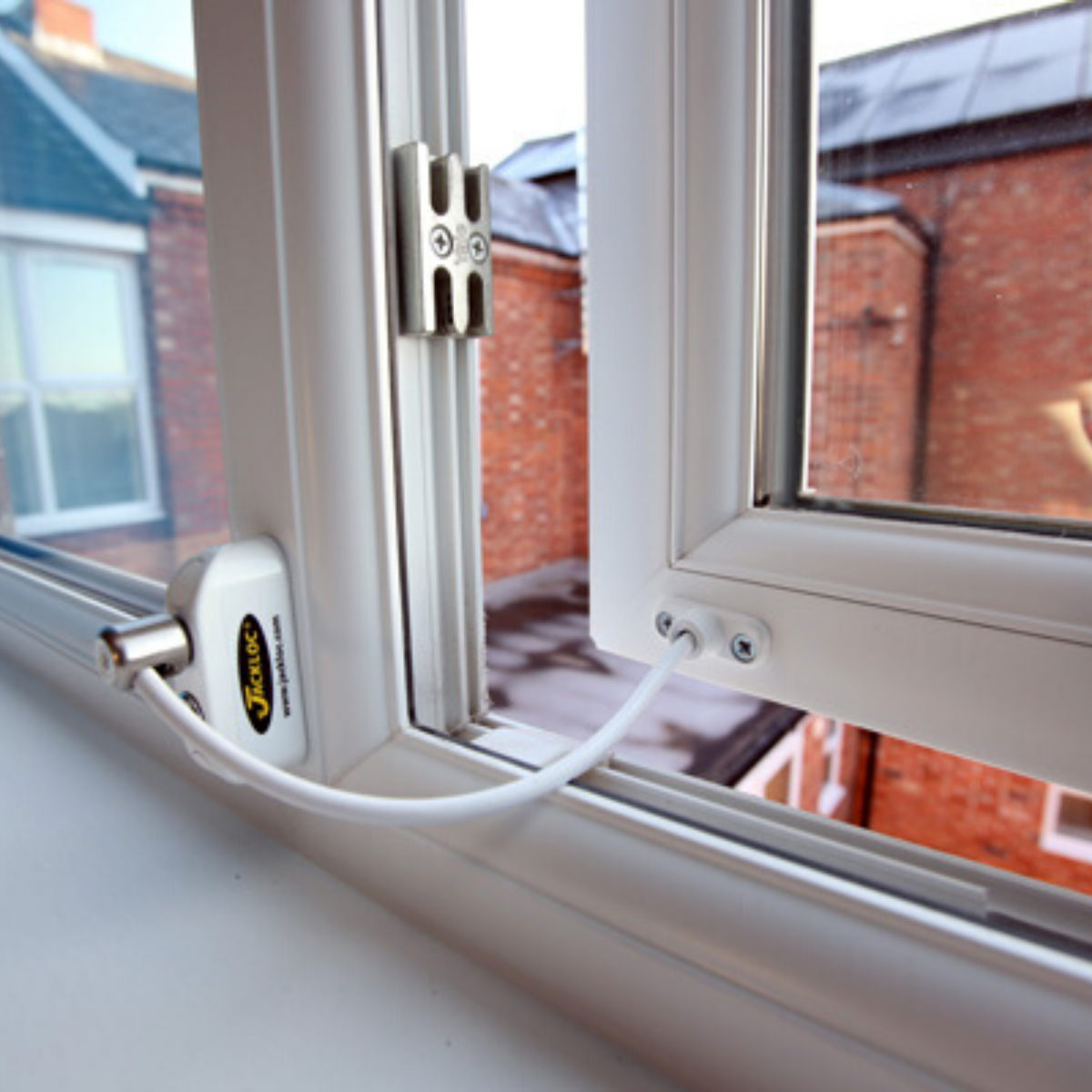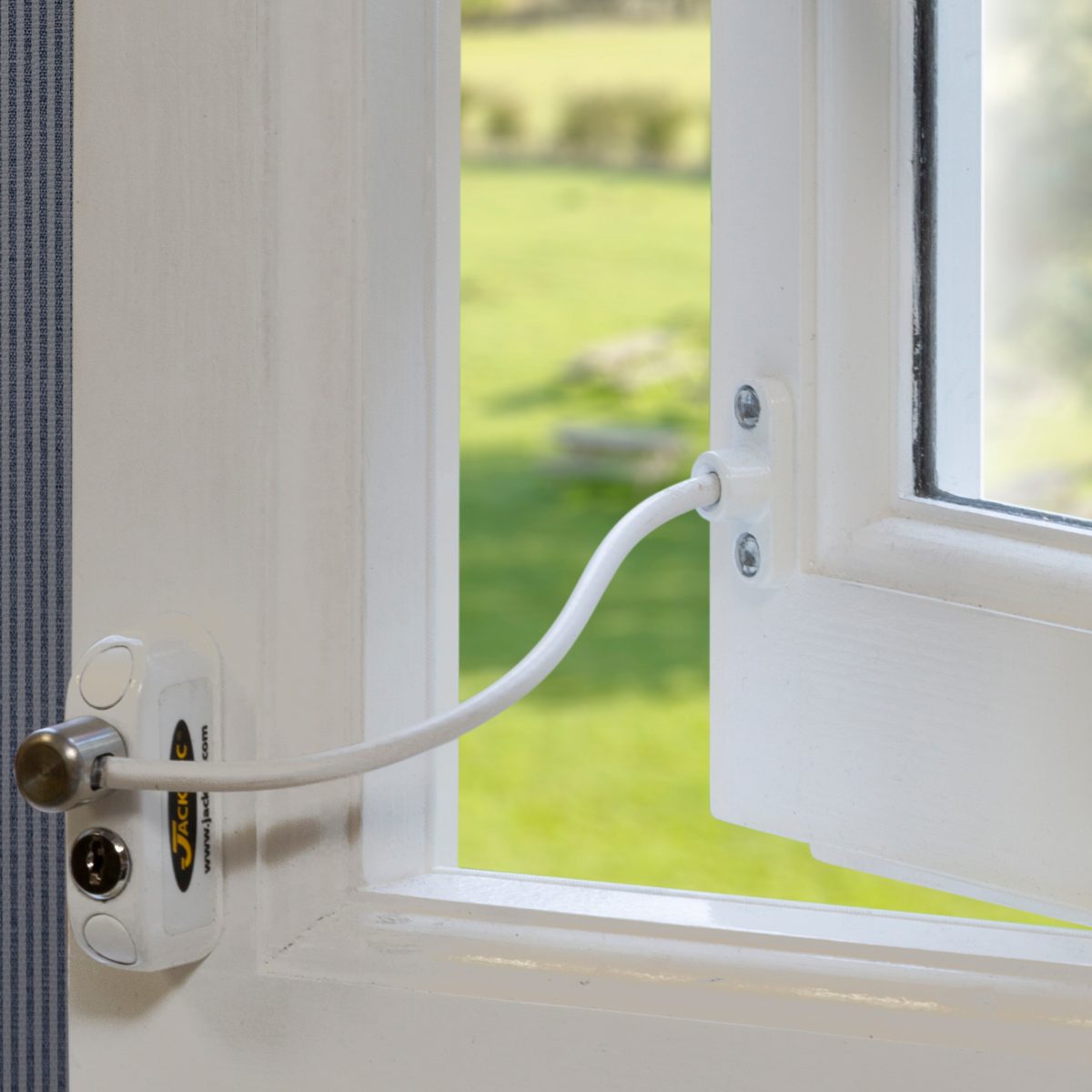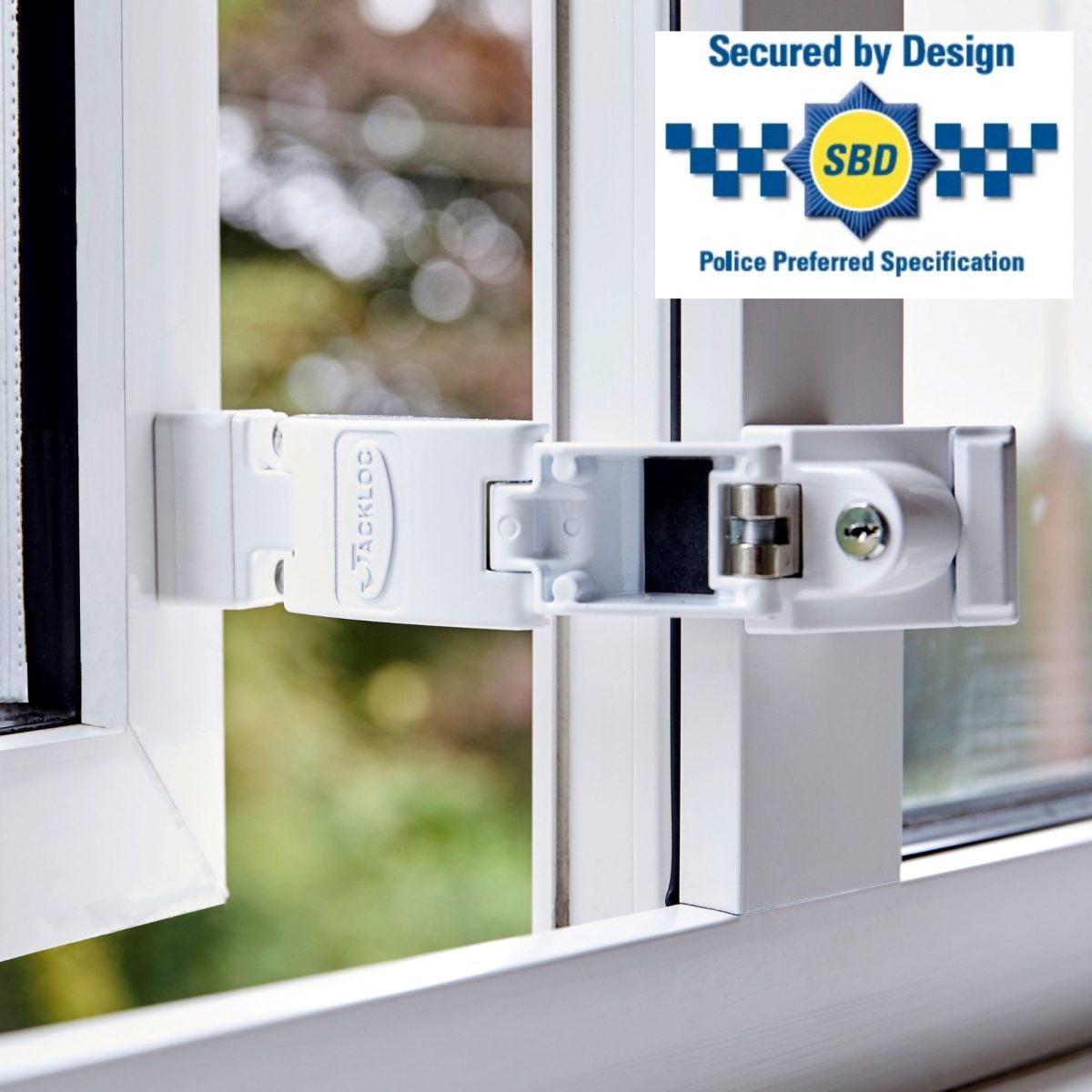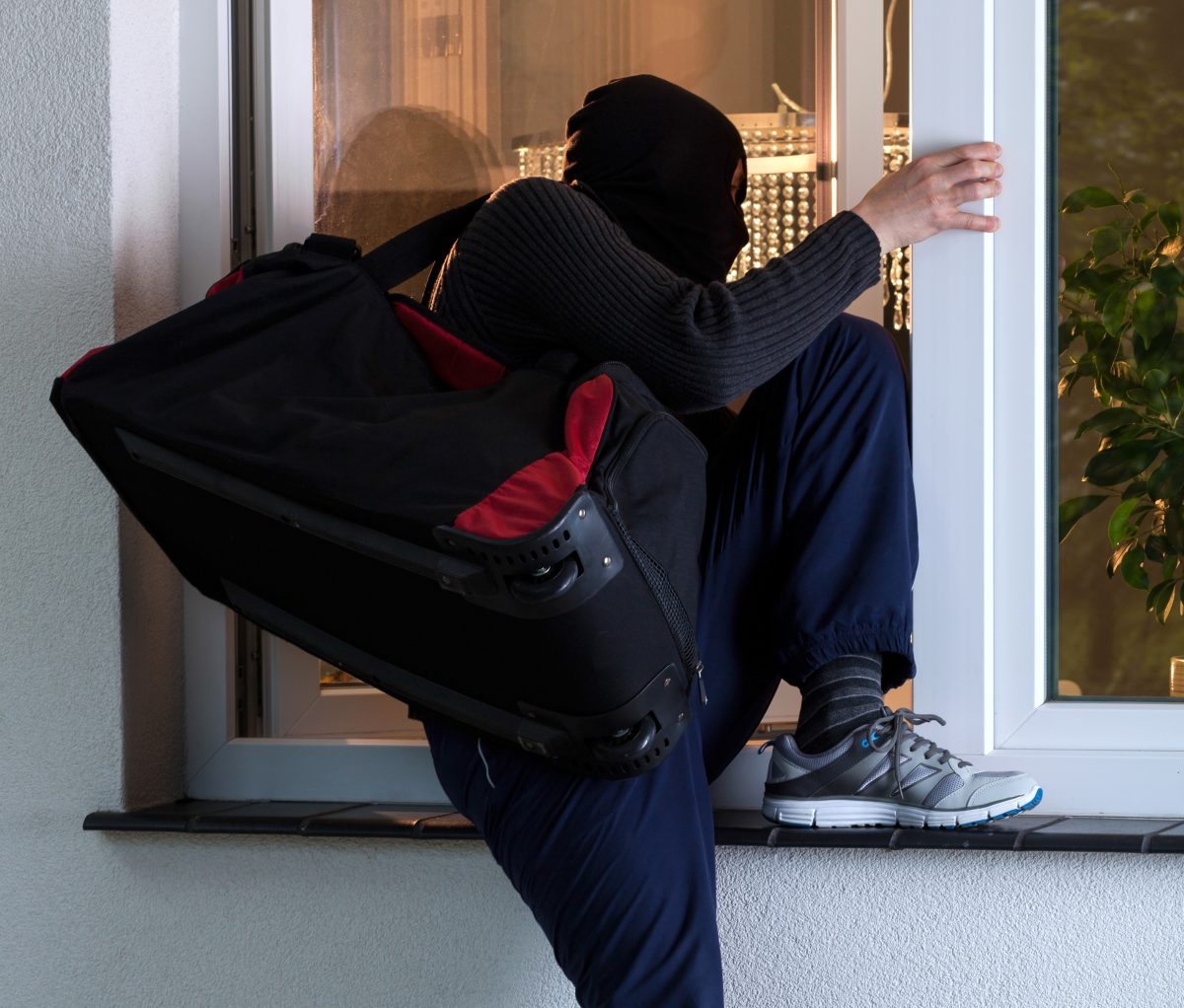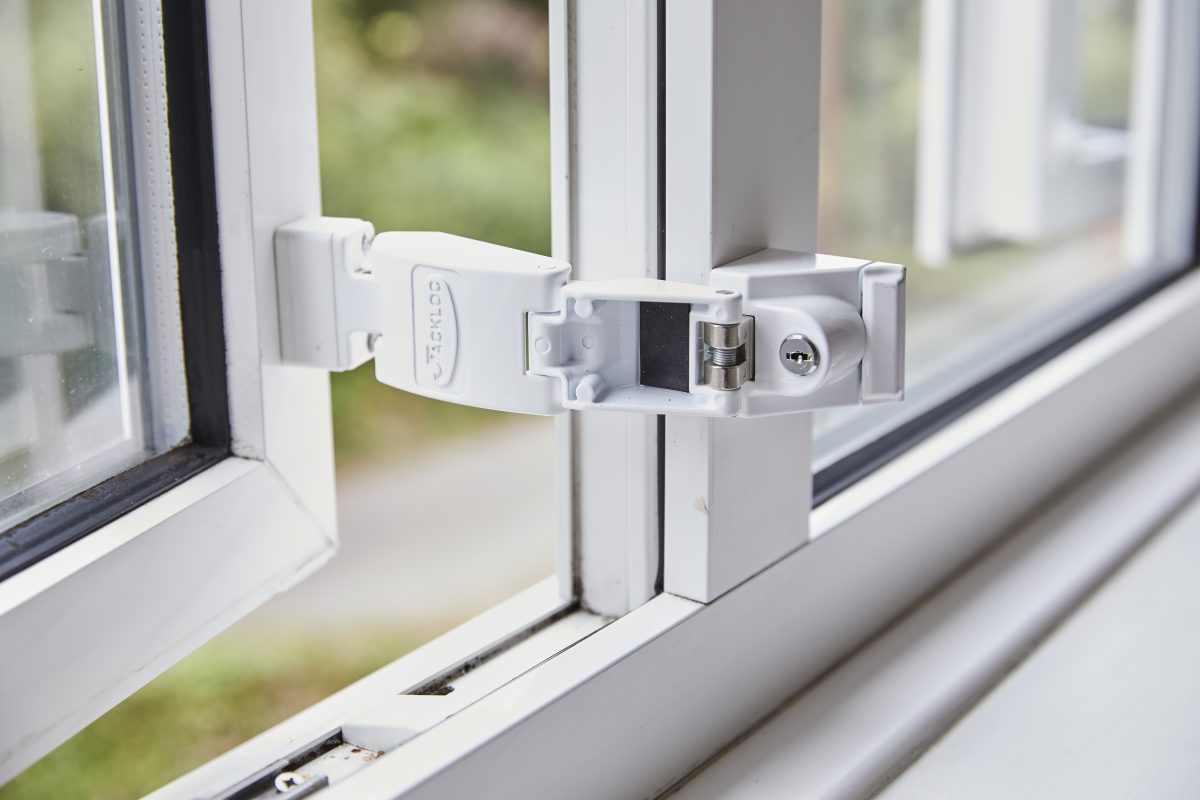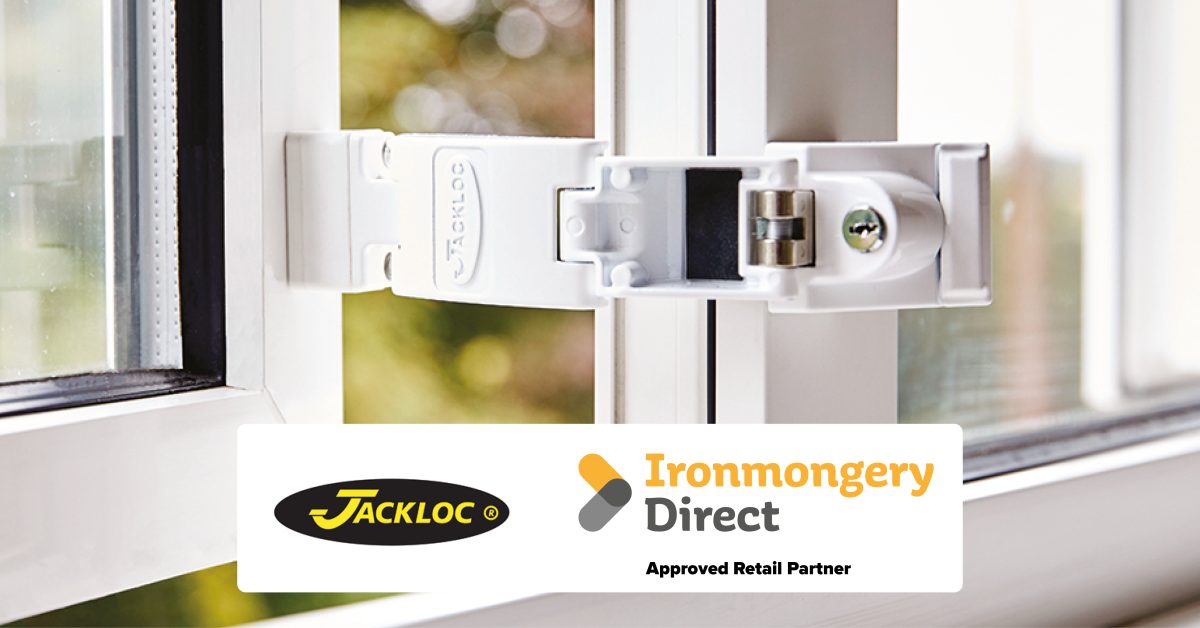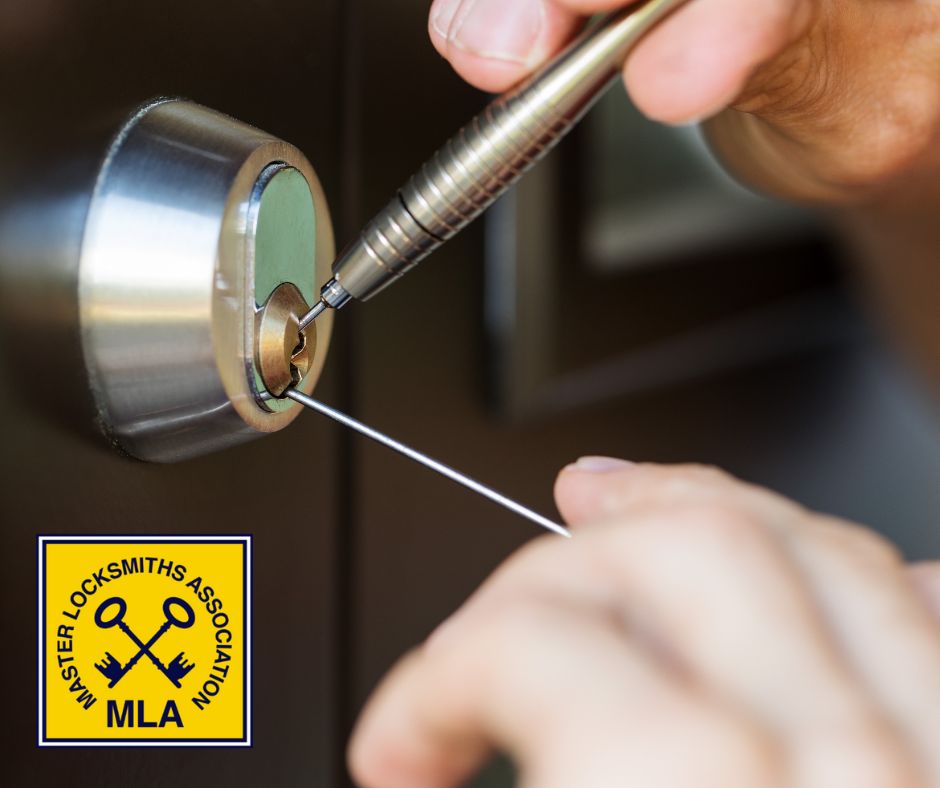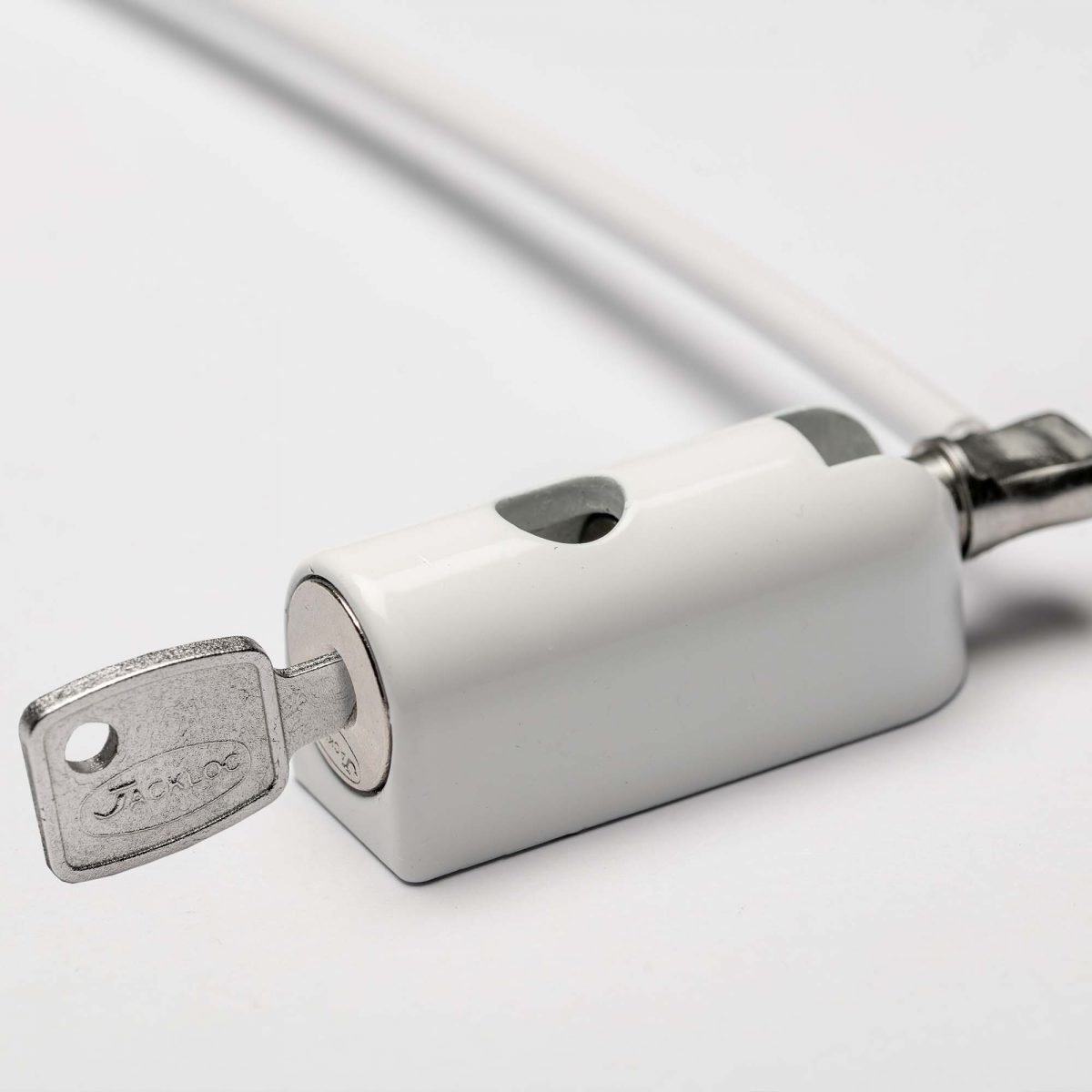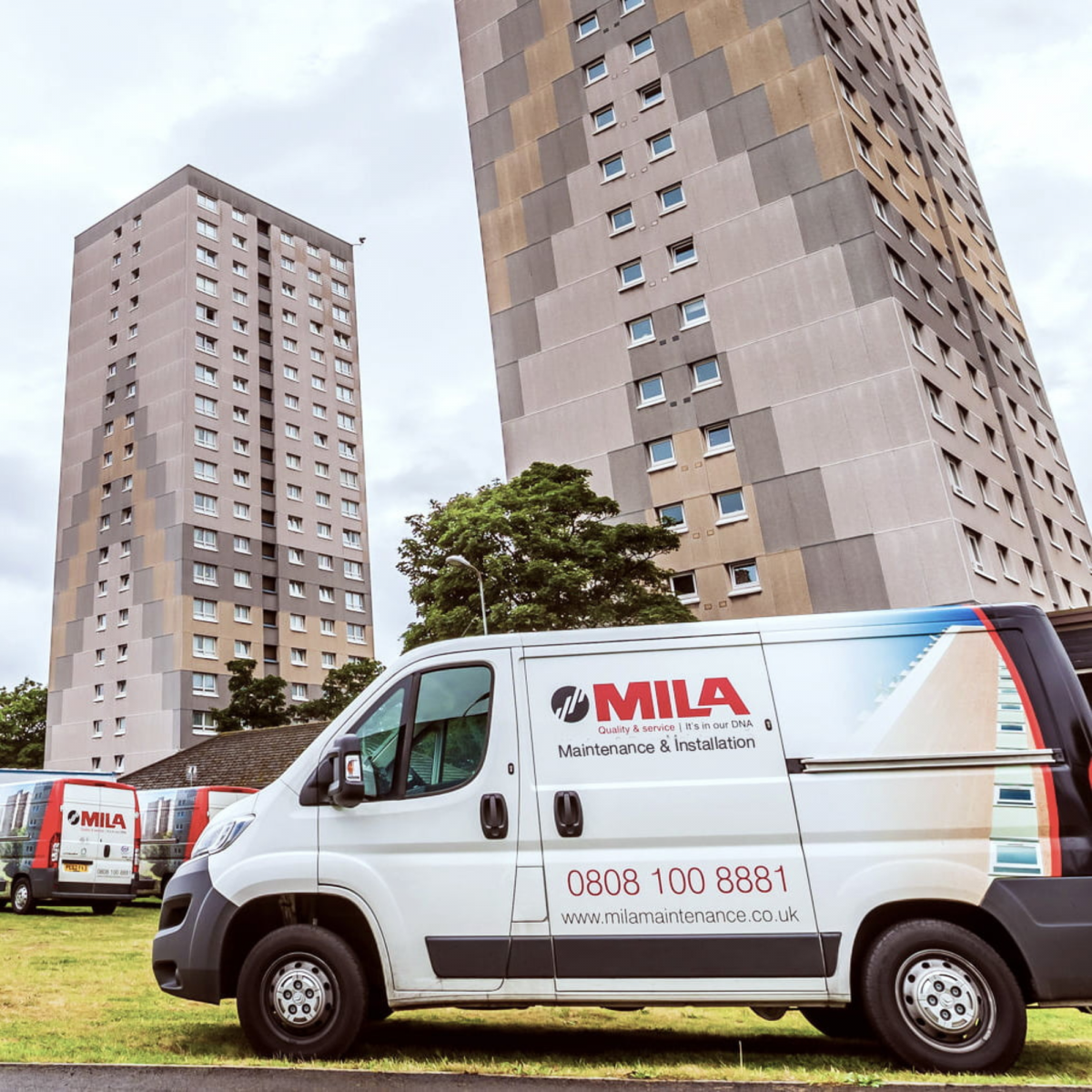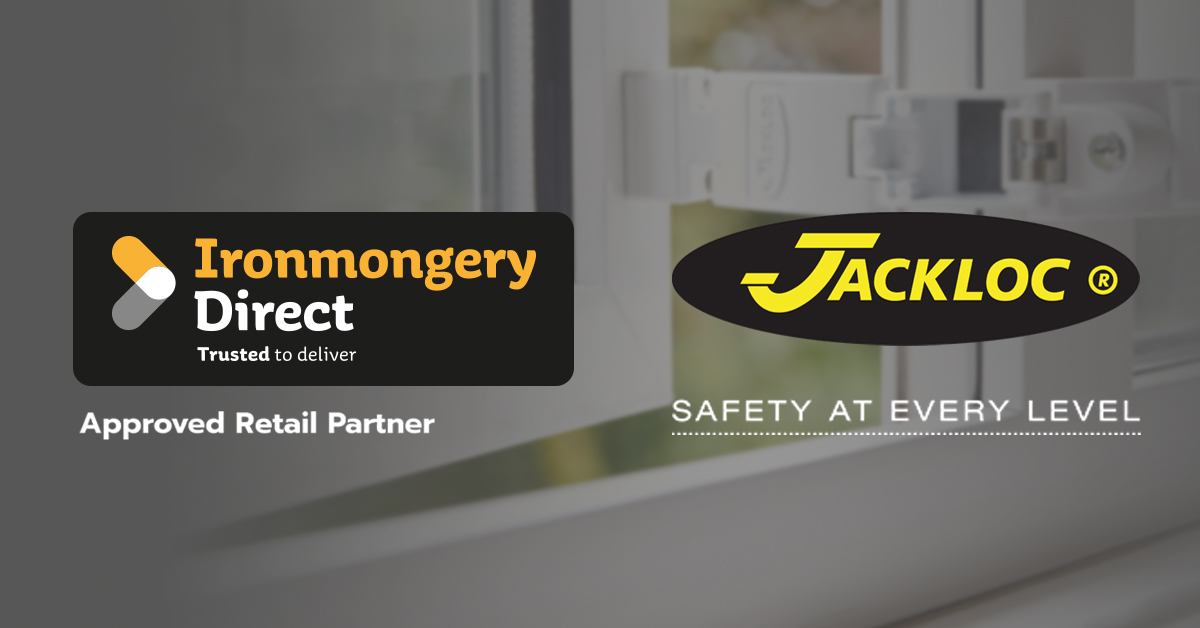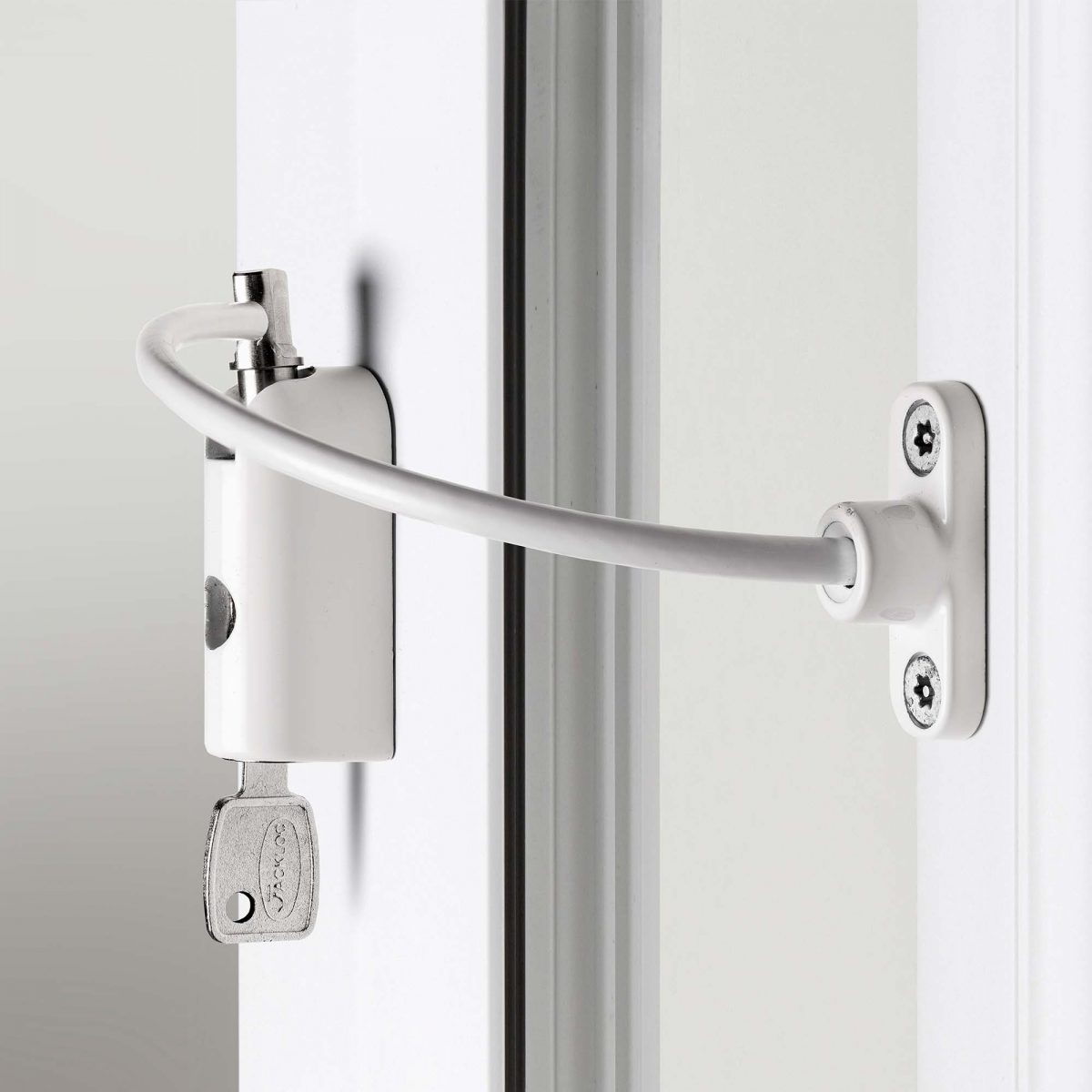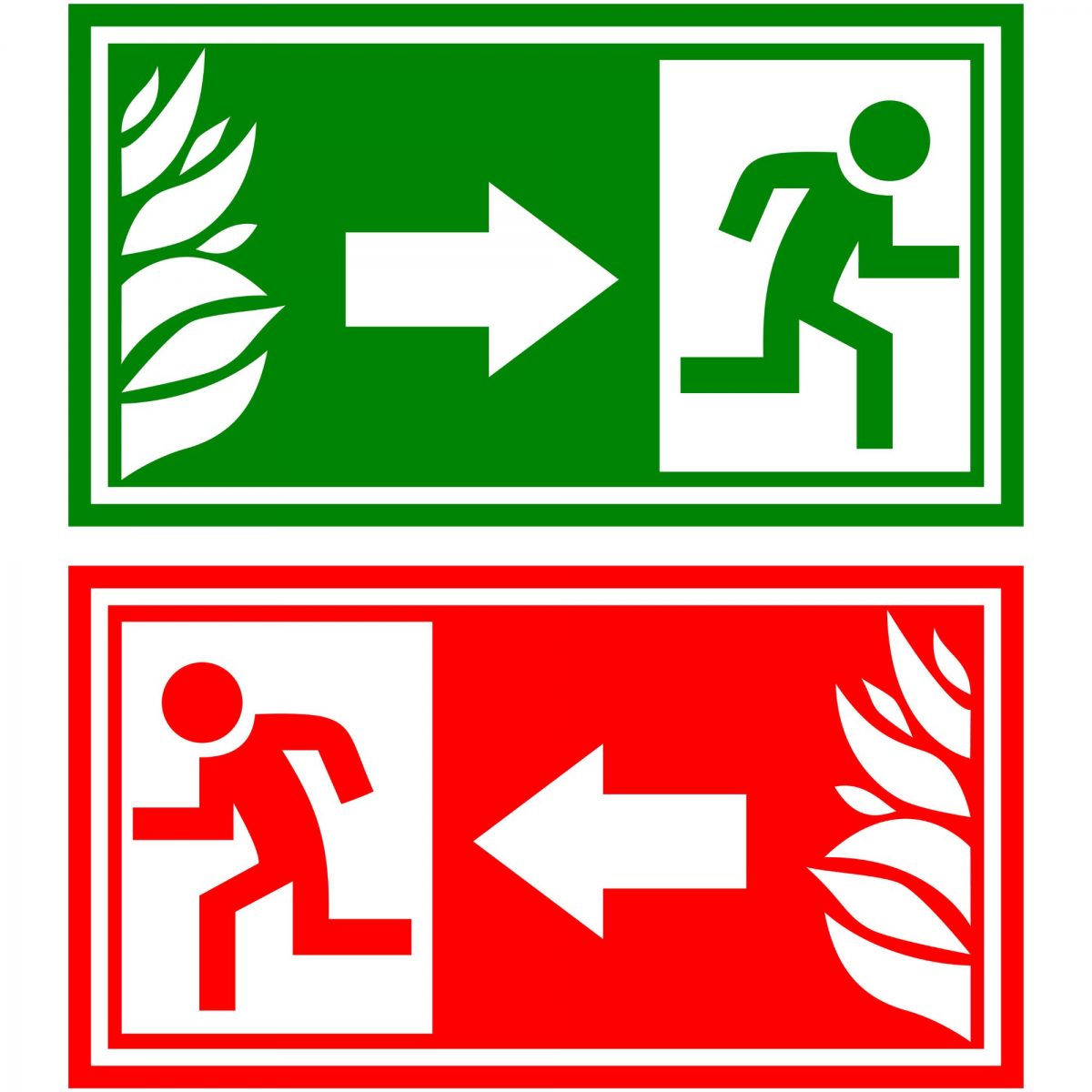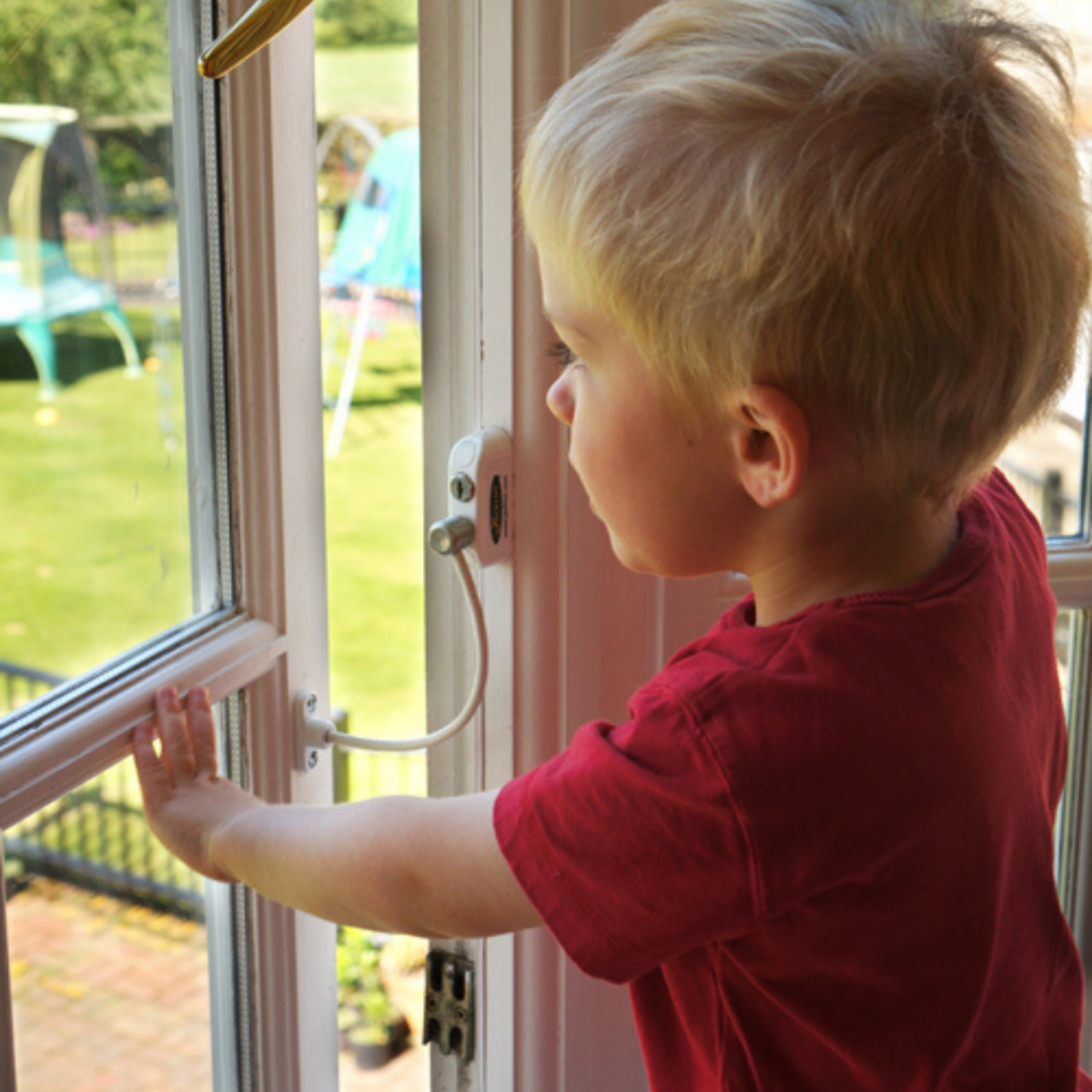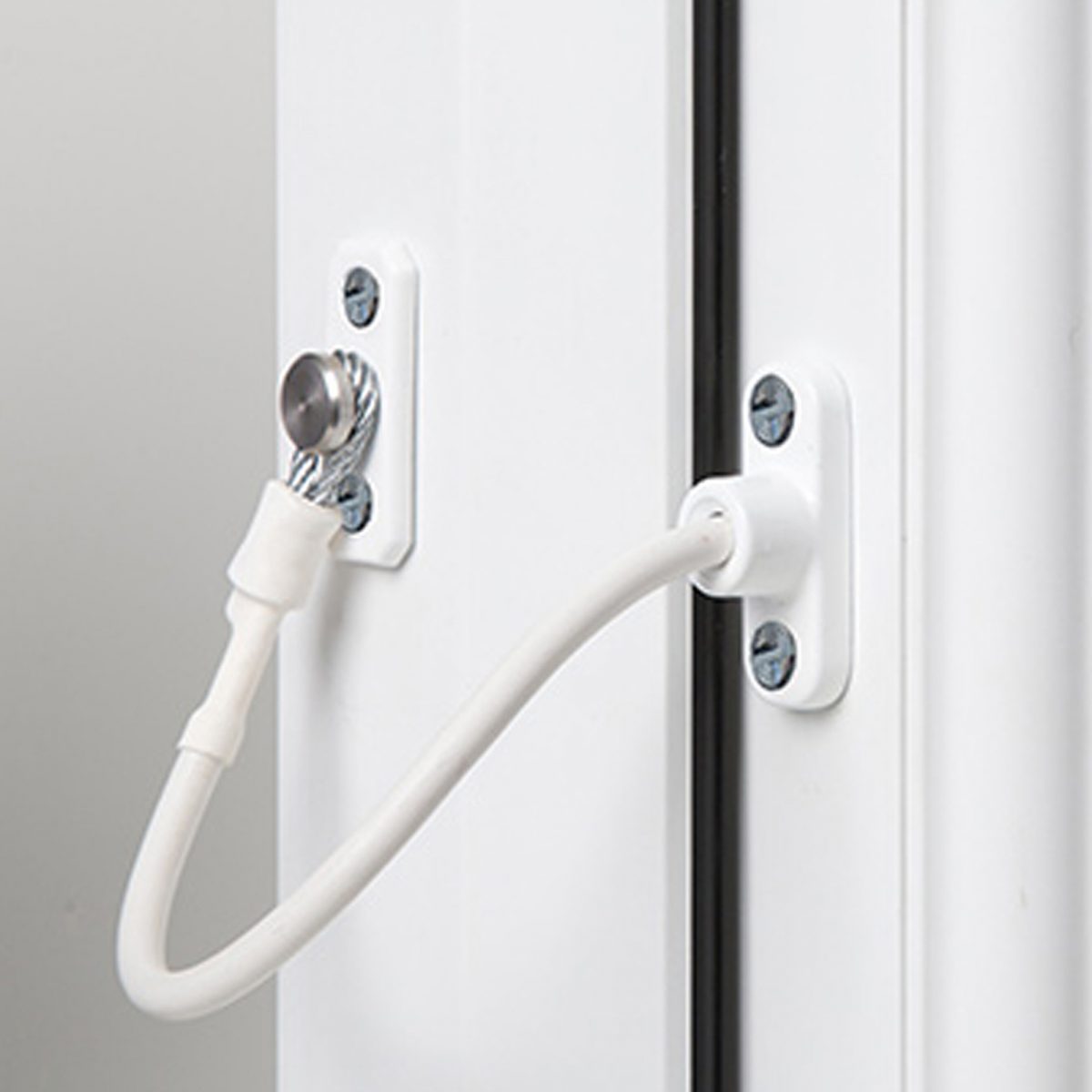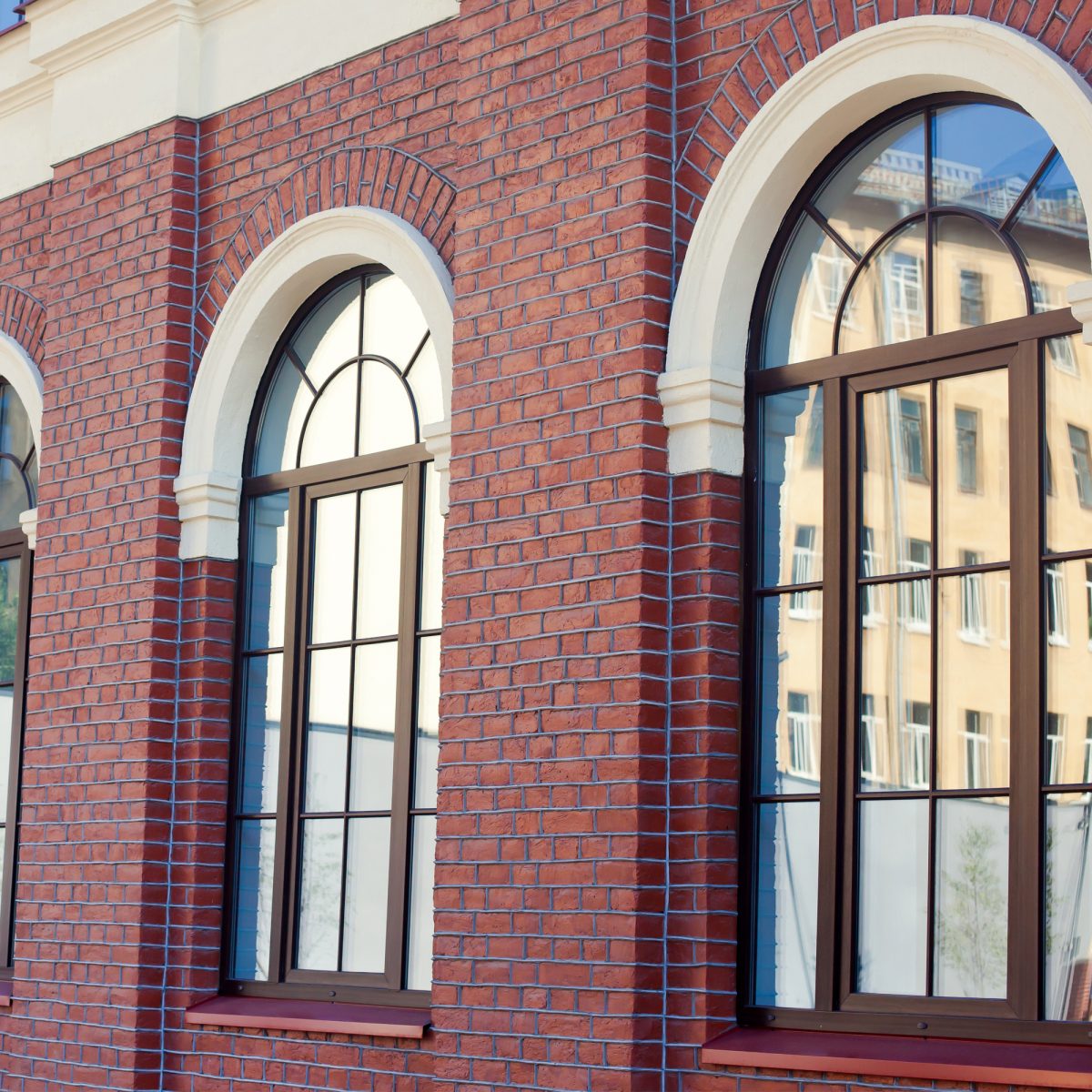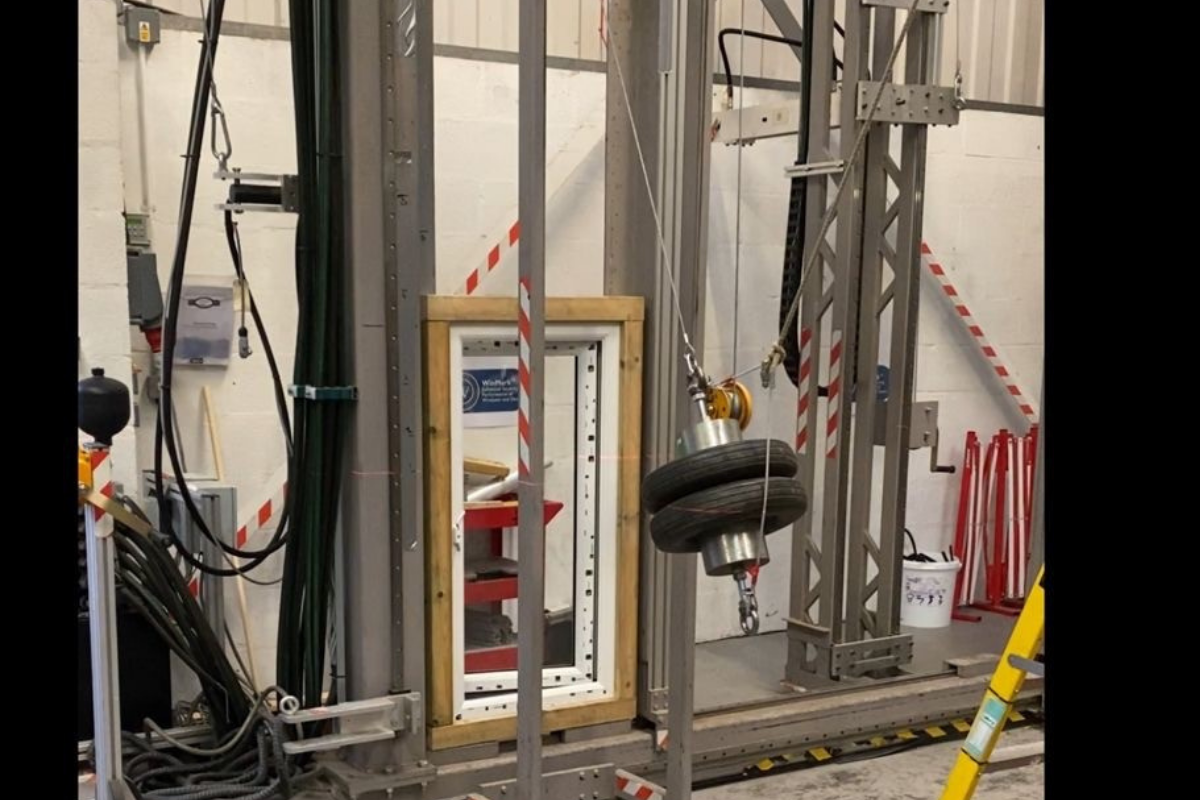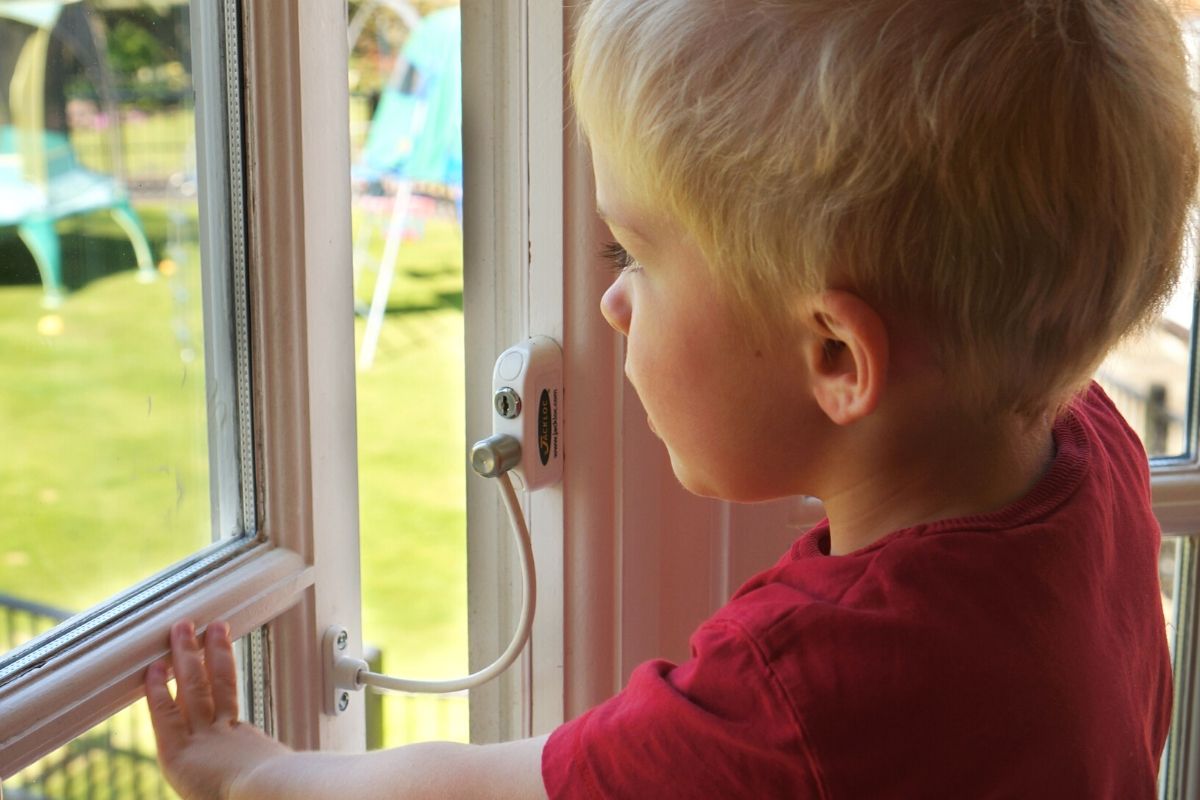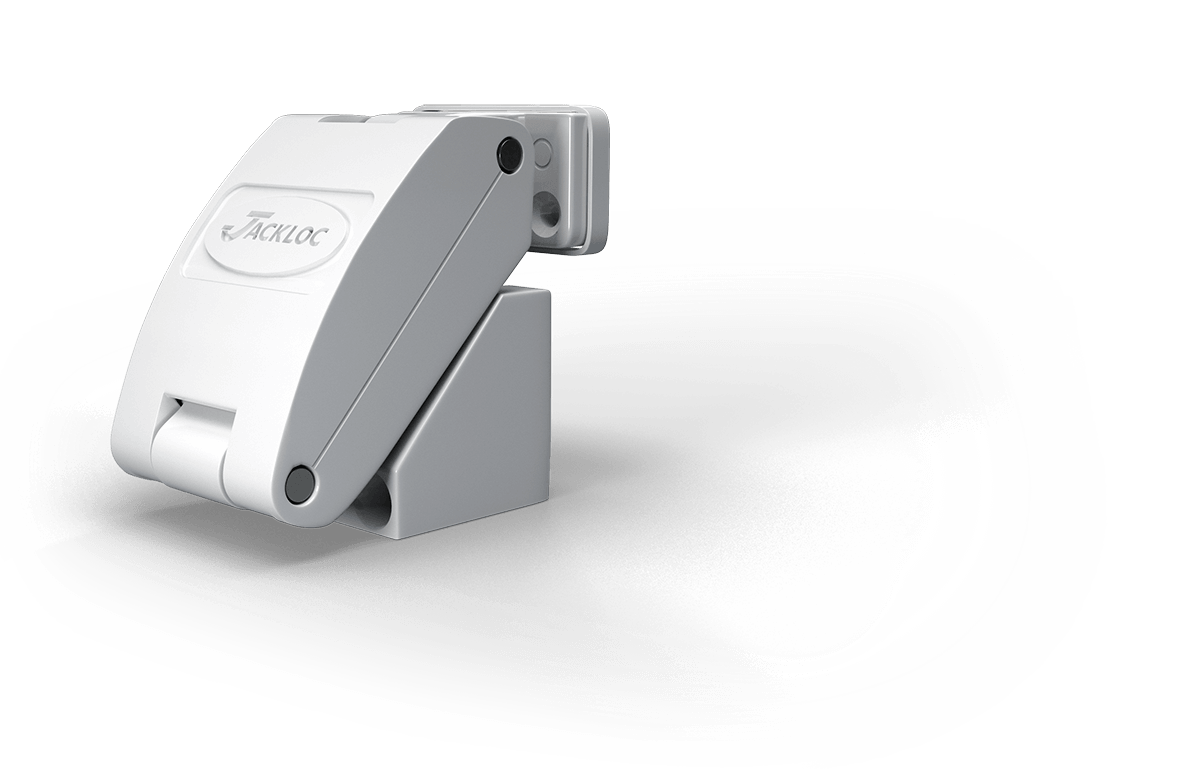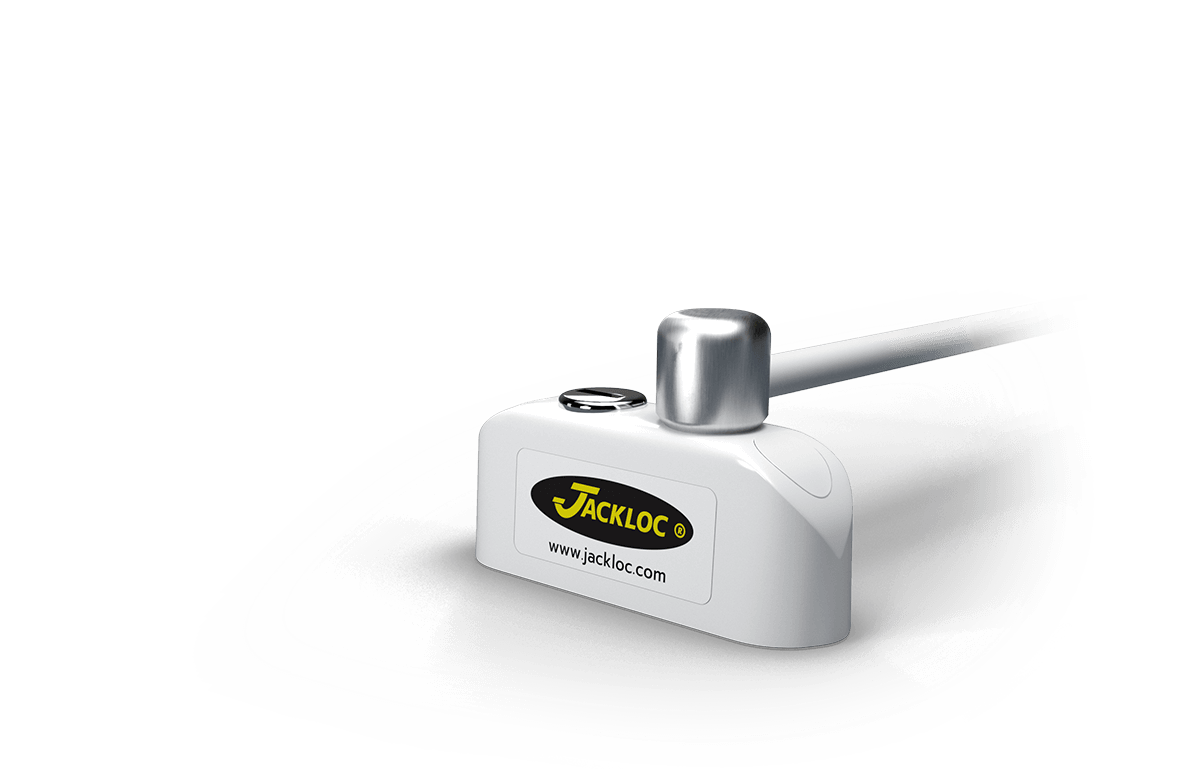Safety for UPVC Windows
UPVC window safety locks (also called window restrictors, or window safety catches) are a simple and highly effective way to enhance the security and safety for windows. Read our expert guide to selecting, fitting and maintaining the best UPVC window lock / window restrictor for your situation.
Window restrictors enhance the safety and security of buildings by restricting the window opening to a maximum of 100mm, even when force is applied. They are used to prevent accidental falls and deliberate forced entry. Here we answer some common questions about UPVC window safety locks:-
Window Safety Locks FAQs
How do UPVC window locks / restrictors improve safety for windows?
Any window that opens poses a risk of accidental falls, this risk can be mitigated by fitting a window restrictor. Window restrictors are safety window locks that prevent windows from opening more than 100mm to prevent people and objects from falling through windows.
Jackloc window safety restrictors are safety window locks that are tested to withstand the force of the equivalent of 58 to 74 stone, meaning that you can rely on them. They are used by families to keep toddlers and young children safe, in care homes and hospitals to keep vulnerable adults safe, by hotels to keep guests safe and by businesses to keep employees safe.
How easy it is to fit restrictors and locks to a UPVC window?
Fitting a restrictor to a UPVC window is a quick and simple DIY job that will take a few minutes. All you need is a drill, a pencil and a ruler. One side of the device is placed on the fixed part of the window frame and the other side of the device is placed on the opening side of the window. We provide detailed instructions with our products and you can watch our window restrictor fitting video here.
Can the window ever be fully opened?
Yes, with some styles of UPVC window safety restrictor the restriction can be removed so that the window can be fully opened. Different styles of window safety locks are disengaged in different ways. The Pro-Twist uses a push and twist mechanism, while the Pro-5 window restrictor and Titan steel window lock both use keys. If you prefer an option that does not allow the window to ever be fully opened choose the Perma cable window restrictor.
Businesses and public buildings have specific Health and Safety regulations relating to window safety and these direct the type of window safety devices that should be used. For example, in public buildings caring for vulnerable people the window locks have to be operated by a special tool or key and the tool or key has to be securely held.
Which is the most secure UPVC window safety device?
The most secure window safety lock is the Jackloc Titan. The Titan can’t be disengaged without the use of a key. It’s tested to withstand a force of 4,800 newtons, or the equivalent of five adult males, which exceeds all standard requirements by nearly 10 times. It has been awarded Sold Secure status by the Master Locksmiths Association, making it the first, and only, window restrictor to achieve this accolade.
Which UPVC window lock should I use if I don’t want the window to be fully opened at any time?
The Perma window locks are the ones to choose if you do not want the windows to be fully opened using a quick and easy twist mechanism or a key. The Perma window safety lock requires the use of a screwdriver from the inside of the window to over-ride the window restriction. This option is most popular with organisations that care for vulnerable people who might deliberately or accidentally override an opening mechanism.
Why Do People Fit UPVC Window Safety Locks?
UPVC window safety devices are becoming increasingly popular due to increased awareness of the tragic consequences of falling from a window.
According to Stanford Children’s Health, around 4,000 children per year require health treatment after falling from windows. Children under the age of 5 are the most likely to receive critical – or fatal – head injuries from falling from a window.
Landlords for student accommodation are also increasingly fitting window safety locks. Providers of student accommodation have a duty of care, and this includes ensuring windows are safe. The consequences for not ensuring windows in student accommodation are safe can be fatal. In 2019-2021 3 students tragically died as a result of falling from university accommodation windows.
When considering the need for window restrictors in the workplace, a risk assessment will refer to Regulation 15 (2) Workplace (Health, Safety and Welfare) Regulations 1992 which states that:
“No window, sky light or ventilator shall be in a position when open which is likely to expose any person in the workplace to a risk to his health or safety.”
The most obvious risk to health and safety posed by an open window is a risk of falling and the regulations state that:-
‘Windows that are large enough to allow people to fall out should be restrained sufficiently to prevent such falls. The opening should be restricted to 100 mm or less. Window restrictors should only be able to be disengaged using a special tool or key’.
Under health and safety legislation, window restrictors are legally required where there are people who are vulnerable to the risk of falling, have access to windows, and the windows are at a height that anybody falling out of them is at risk of sustaining a serious injury.
We hope that you’ve found this guide useful, if you do have any questions feel free to contact us.
Read More?
Take a look at our UPVC Window Restrictors Buyers Guide

